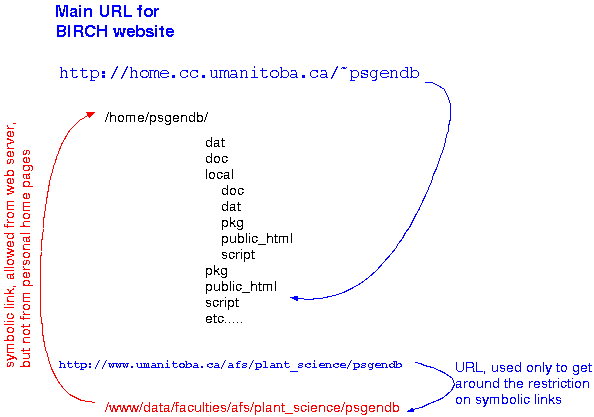Special note:
Changing Option 1 to Options 2 or 3
Suppose you had originally chosen Option 1 above, and wanted to change
to
Option 2. Create a file called opt1.param containing the strings to
change:
file:///home/birch/public_html/index.html
file:///home/birch
Create another file called opt2.param containing what you want them
changed to:
http://home.cc.umanitoba.ca/~birch
http://home.cc.umanitoba.ca/~birch/birchhomedir
Now, run customdoc.py:
python
customdoc.py opt1.param opt2.param htmldir.param
|
